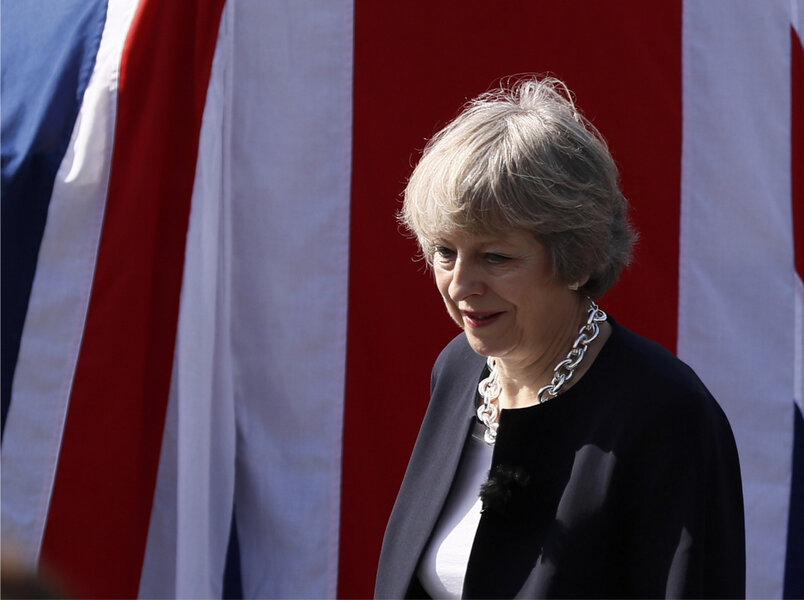Theresa May’s Brexit plan takes shape
Loading...
In a speech in London, British Prime Minister Theresa May announced her 12-point priority list for the British departure from the European Union single market.
Tuesday’s speech in London may well be her most important address since assuming the role of PM, which David Cameron resigned after the controversial vote to leave the EU, known as the "Brexit vote," which he had campaigned against.
In her speech, Ms. May made it clear that she would continue to pursue a "hard Brexit," as critics have labeled it.
"We do not seek to adopt a model already enjoyed by other countries. We do not seek to hold on to bits of membership as we leave. No, the United Kingdom is leaving the European Union. My job is to get the right deal for Britain as we do," she said. "No deal for Britain is better than a bad deal for Britain."
The June decision to withdraw from the EU was controversial when it was approved and it remains so now. In the immediate aftermath of the vote, the pound sterling dropped more than 10 percent, remained unstable for several months, and hit a 31-year low later in October.
In the days leading up to the prime minister's speech, the pound returned to October levels as markets prepared for what they correctly assumed would be a clean departure from the European central market.
The 12 priorities May laid out include new restrictions on immigration, removing Britain from the jurisdiction of European Union court of justice – "We will not have truly left the European Union if we are not in control of our own laws" – and dissolving and subsequently reestablishing customs unions to ensure cross-border trading remains as "frictionless as possible."
"This agreement should allow for the freest possible trade in goods and services between Britain and the EU’s member states," she said. "It should give British companies the maximum freedom to trade with and operate within European markets – and let European businesses do the same in Britain. But I want to be clear: what I am proposing cannot mean membership of the single market."
EU leaders such as German Chancellor Angela Merkel had warned that Britain would not be allowed to cherry-pick the elements it desired from a future relationship. As May and her ministers had previously avoided specificity, some have speculated that certain EU elements may remain. But that sort of talk was put to bed with May’s strong and definitive rhetoric on Tuesday.
May also laid out a hard line on immigration, one of the major contributing factors to the Brexit vote. The EU’s policy of free movement of labor has led to an enormous influx of immigrants.
"The message from the public before and during the referendum campaign was clear: Brexit must mean control of the number of people who come to Britain from Europe. And that is what we will deliver,” May said.
While she announced that Parliament would get to vote on the final deal between Britain and the EU, she also made clear that they would not be able to stop the overall departure.
In her conclusion, May emphasized the need for a strong, unified nation. "After all the division and discord, the country is coming together.
"The referendum was divisive at times. And those divisions have taken time to heal.
"But one of the reasons that Britain’s democracy has been such a success for so many years is that the strength of our identity as one nation, the respect we show to one another as fellow citizens, and the importance we attach to our institutions means that when a vote has been held we all respect the result."








